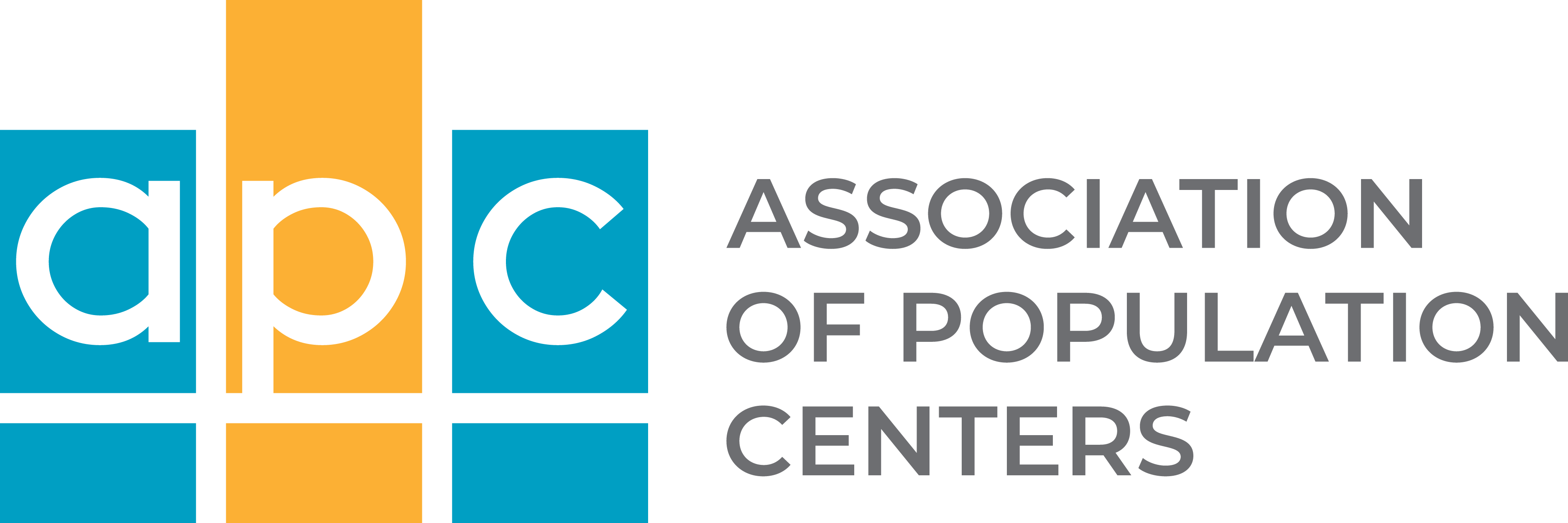Elucidating the Effects of Digital Media on Children
Use of technology and digital media is nearly universal among children and adolescents in the United States, and it plays a key role in our nation’s unprecedented youth mental health crisis. Last year, building on the U.S. Surgeon General’s Advisory on Social Media and Youth Mental Health, the White House announced actions to protect youth mental health, safety, and privacy online.
NICHD has a longstanding commitment to research on the effects of exposure to and use of technology and digital media from infancy through adolescence. As I highlighted last year, one of the aspirational goals laid out in our 2020 Strategic Plan is to discover how such exposure and use affect developmental trajectories, health outcomes, and parent-child interactions in early childhood. Since 2020, we have expanded our research in this area to advance toward this goal. Between 2020 and 2023, the number of NICHD-supported projects addressing the effects of technology and digital media on youth grew from 11 to 35. Our investment in this area increased from $3.4 million in 2020 to an estimated $16.8 million in 2023.
In certain contexts, technology and digital media may be beneficial for child development. For example, exposing preschool-aged and older children to educational media may enhance vocabulary learning and promote helpful and empathic behavior. Understanding the complex relationships between digital media and behavior, brain activity, health, and well-being is critical to help inform best practices for technology and media use among children and adolescents.
NICHD-supported projects are helping to advance knowledge about the effects of media and technology on children of all ages. For example, we have learned more about the negative effects of high levels of screen time, which rose among children during the COVID-19 pandemic. A recent analysis of data from nearly 1,500 toddlers who participated in an NICHD-funded study found that screen exposure for children ages 2 years and younger was linked to atypical sensory processing. Findings from another study suggest that high amounts of screen time may exacerbate the cognitive deficits and behavioral problems common to children born extremely preterm. Researchers found that, among 6- and 7-year-olds who were born before 28 weeks of pregnancy, those who had more than two hours of screen time a day were more likely to have deficits in overall IQ, problem solving skills, impulse control, and attention span. Another project, which analyzed data from more than 9,000 children ages 9 to 10 years, found that playing videogames and watching videos is linked to the onset of obsessive-compulsive disorder.
Social media is now ubiquitous, and these online engagement platforms can enable harassment and abuse. In 2022, the White House established a Task Force to Address Online Harassment and Abuse, on which NICHD is represented. Our institute has a long history of supporting research to protect individuals and communities from violence and bullying, and we are continuing these efforts. In December 2023, NICHD and the NIH Office of Behavioral and Social Sciences Research co-chaired a scientific workshop to understand and address the health impacts of online abuse and harassment 
NICHD is also helping to build a research agenda to better assess the effects of technology and digital media on the developmental trajectories and mental health outcomes of infants, children, and adolescents. On April 4 and 5, we will be holding a scientific workshop to delve into these topics in response to the Children and Media Research Advancement (CAMRA) Act, which was passed as part of the fiscal year 2023 federal budget. I encourage you to learn more about the workshop and register to join us next month as we work toward our goal to better understand the effects of digital media on children and mitigate its harmful impacts.
